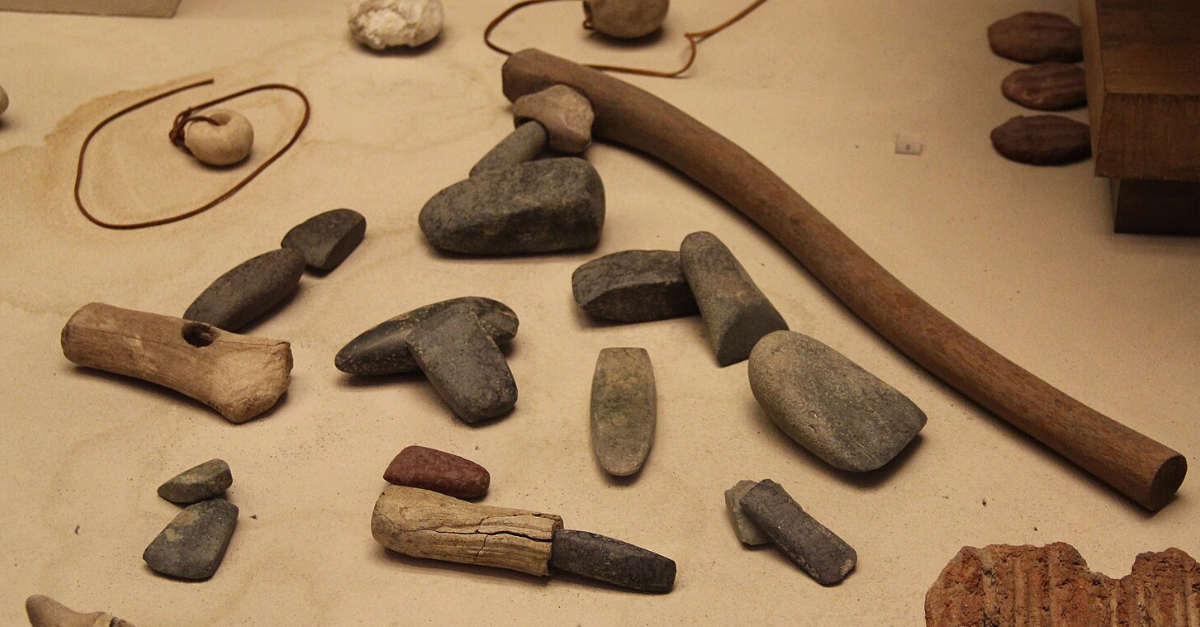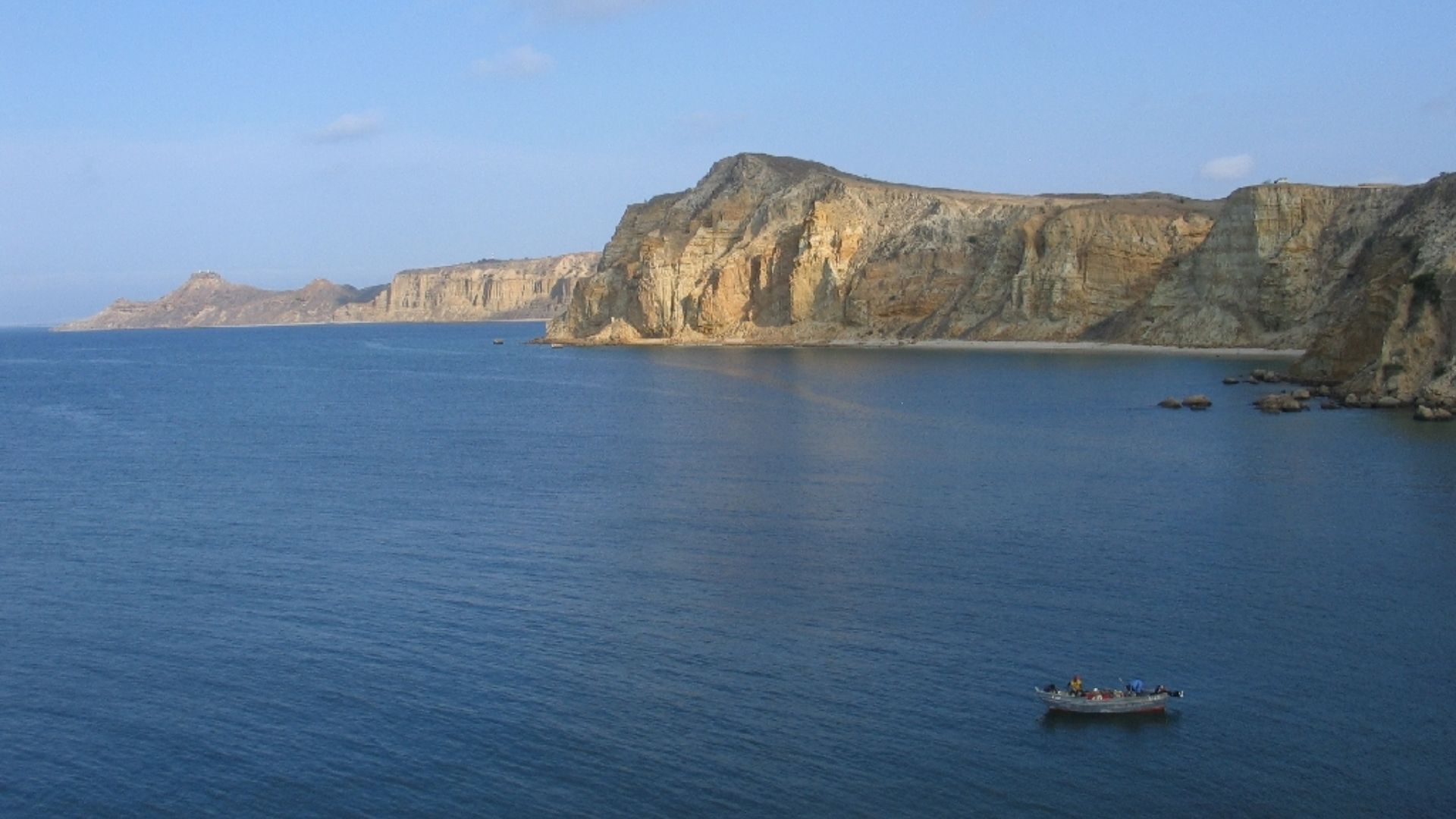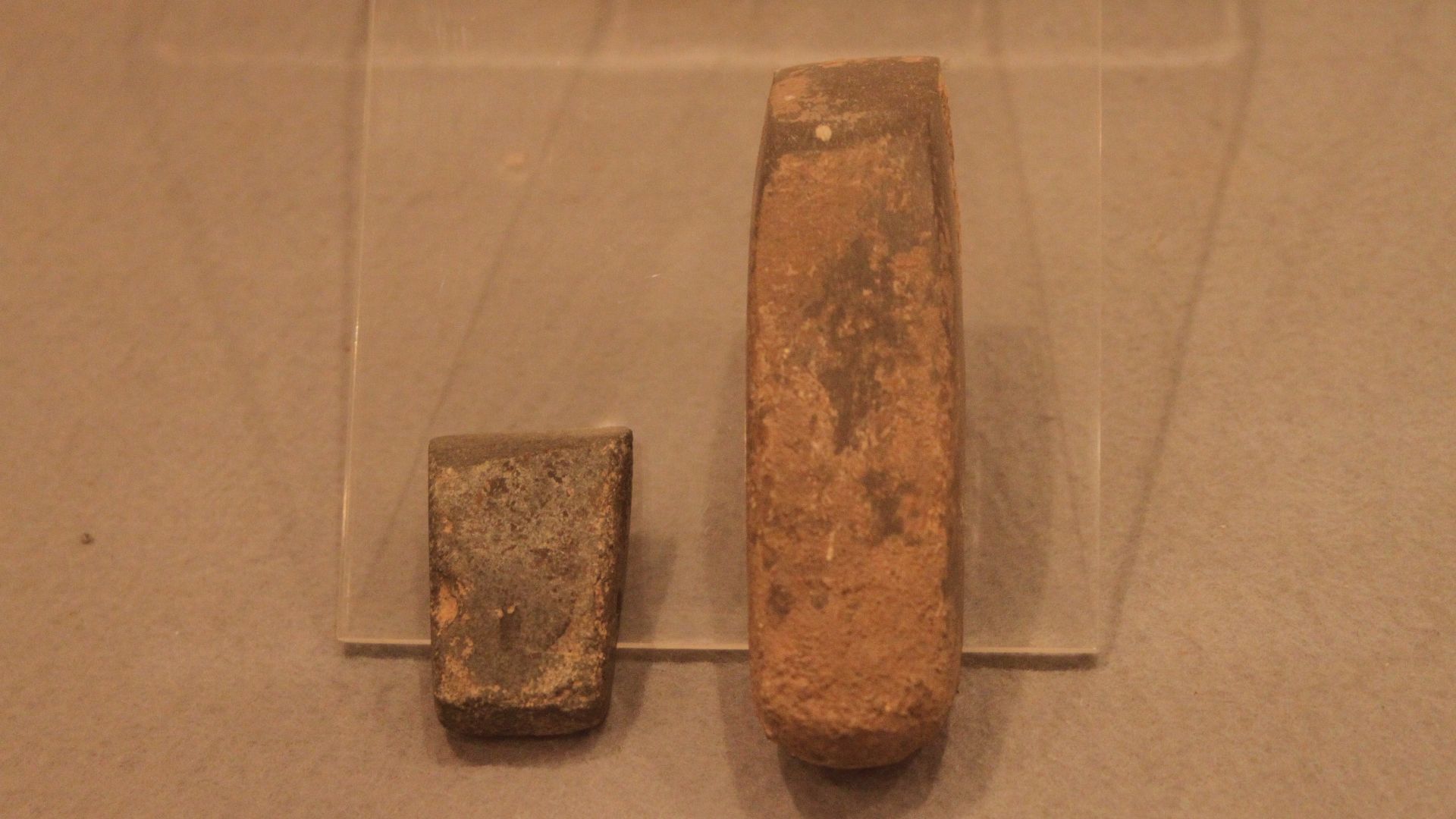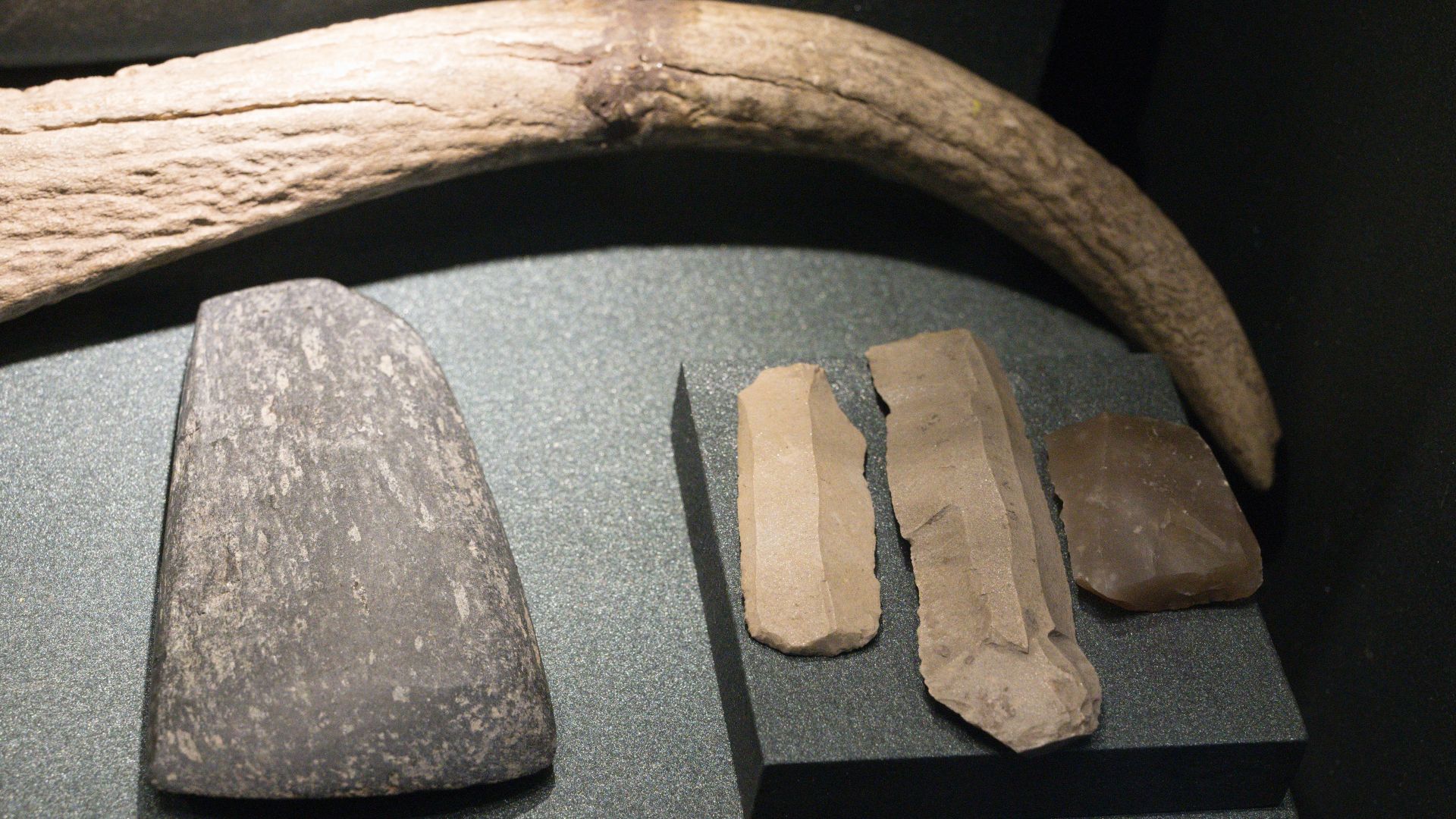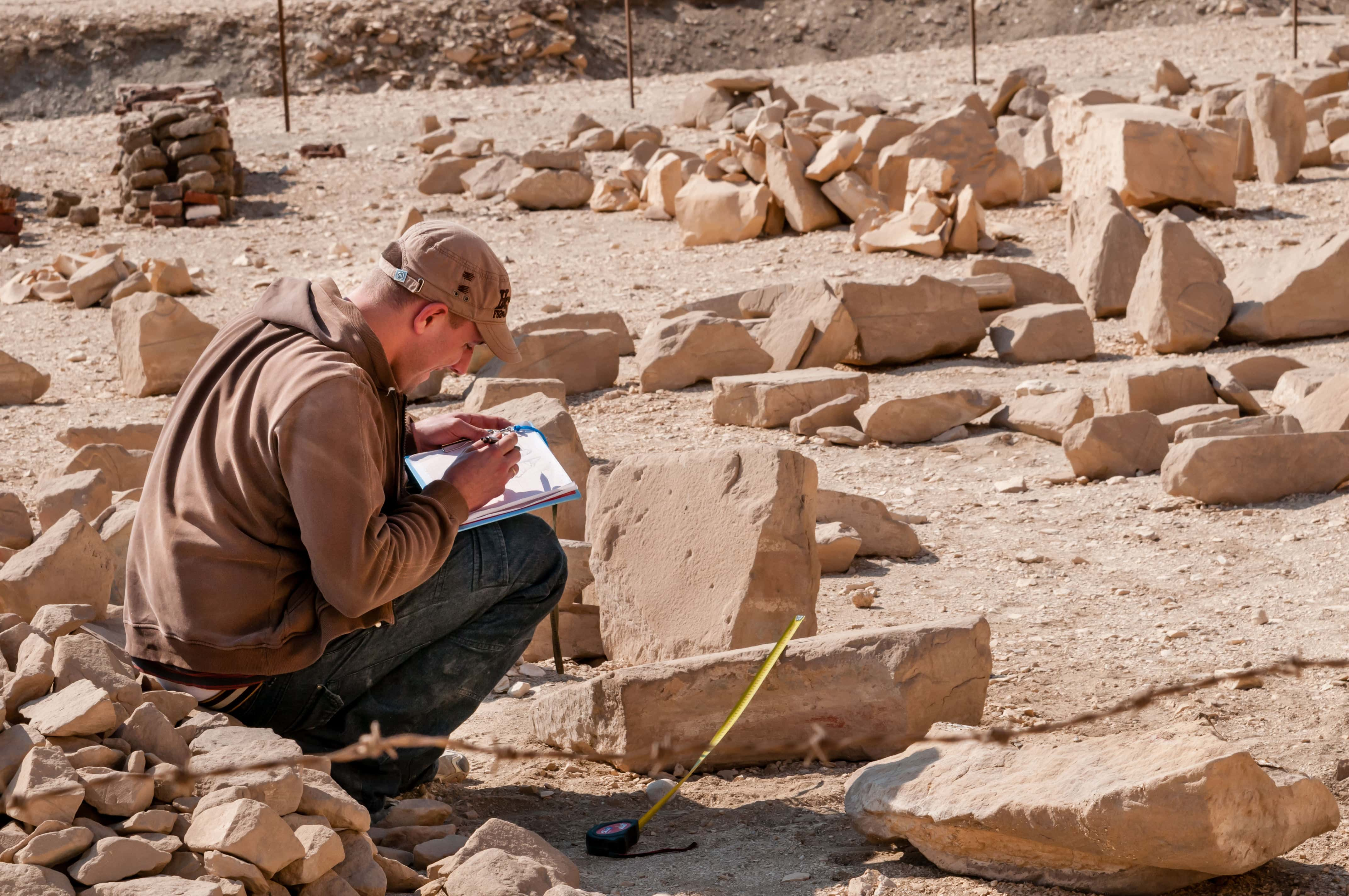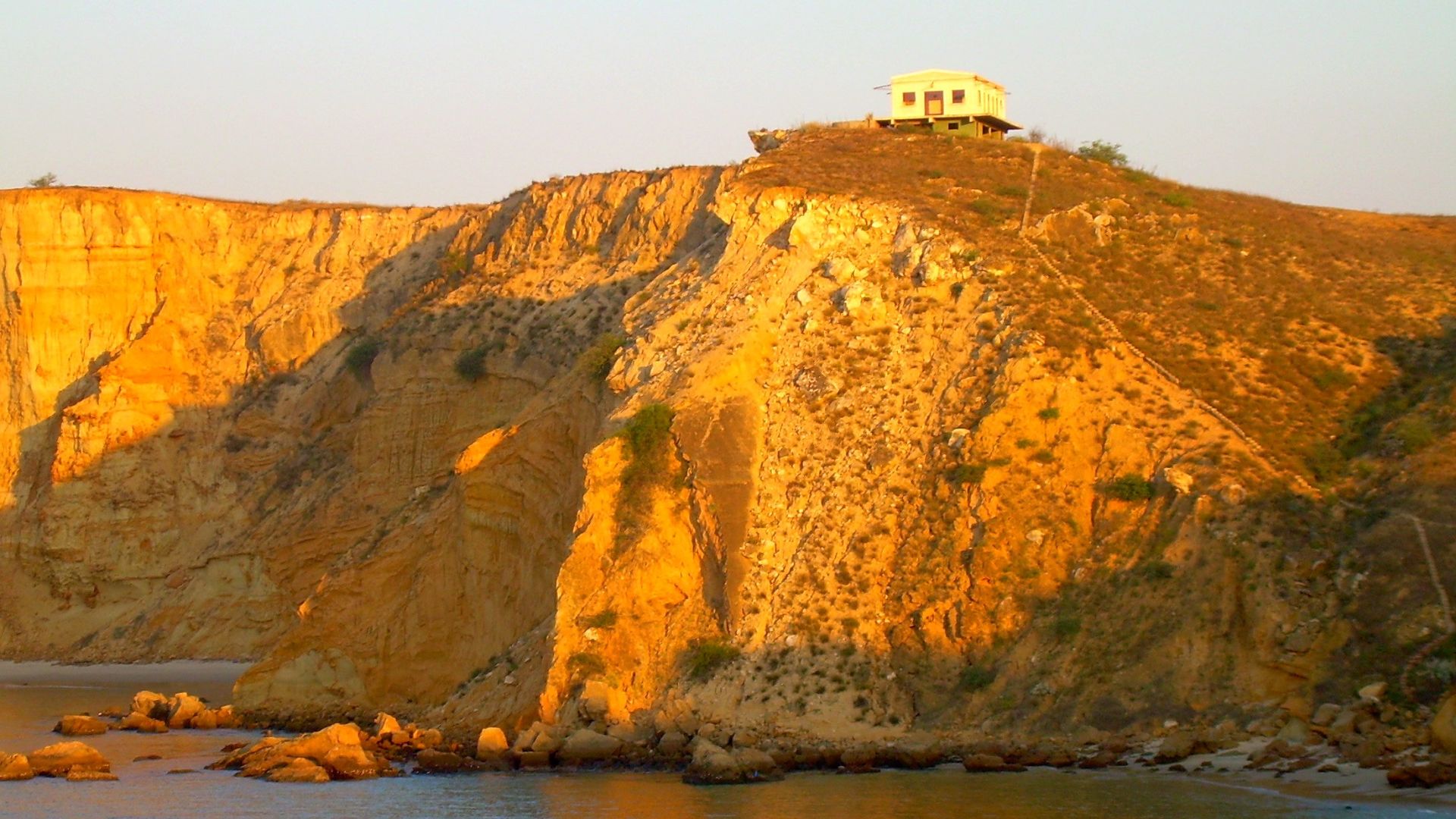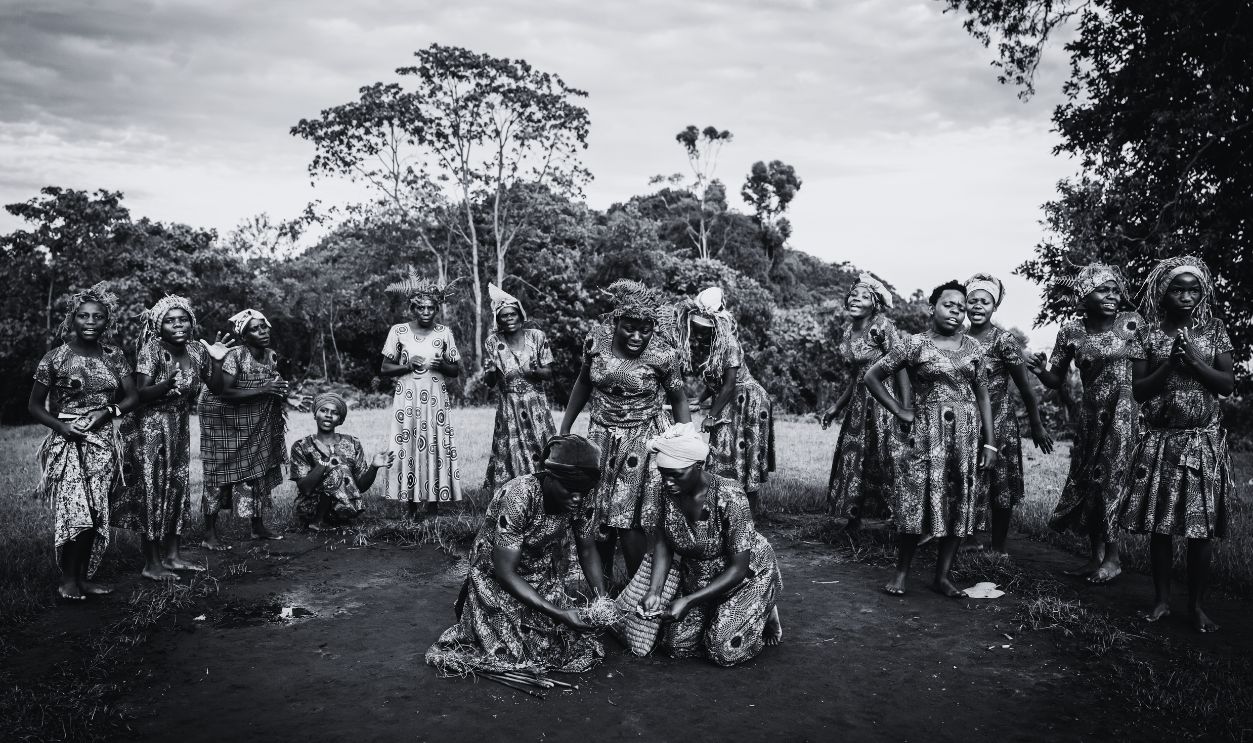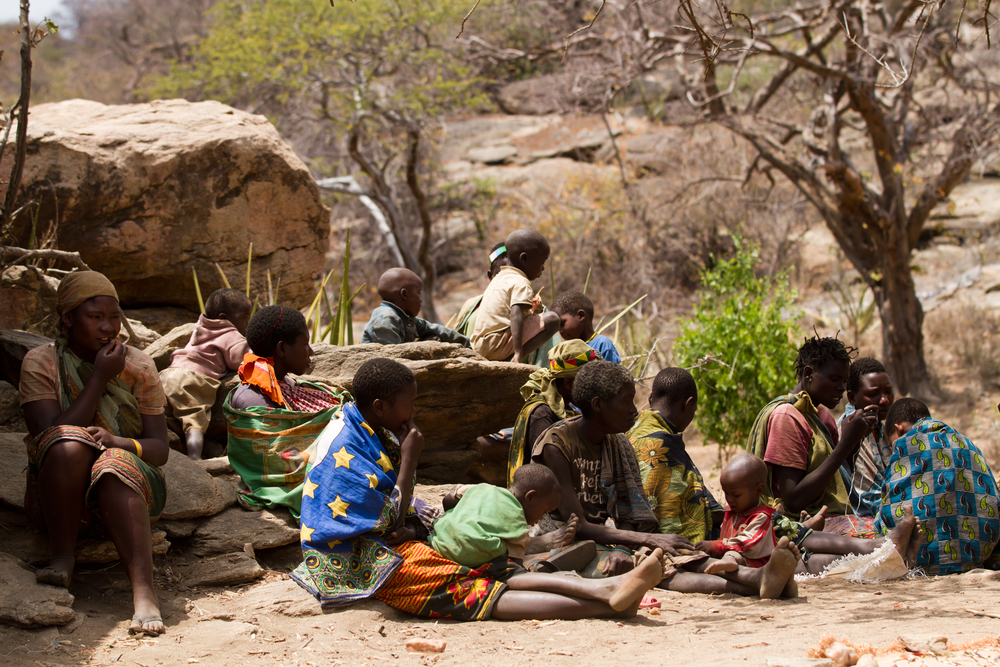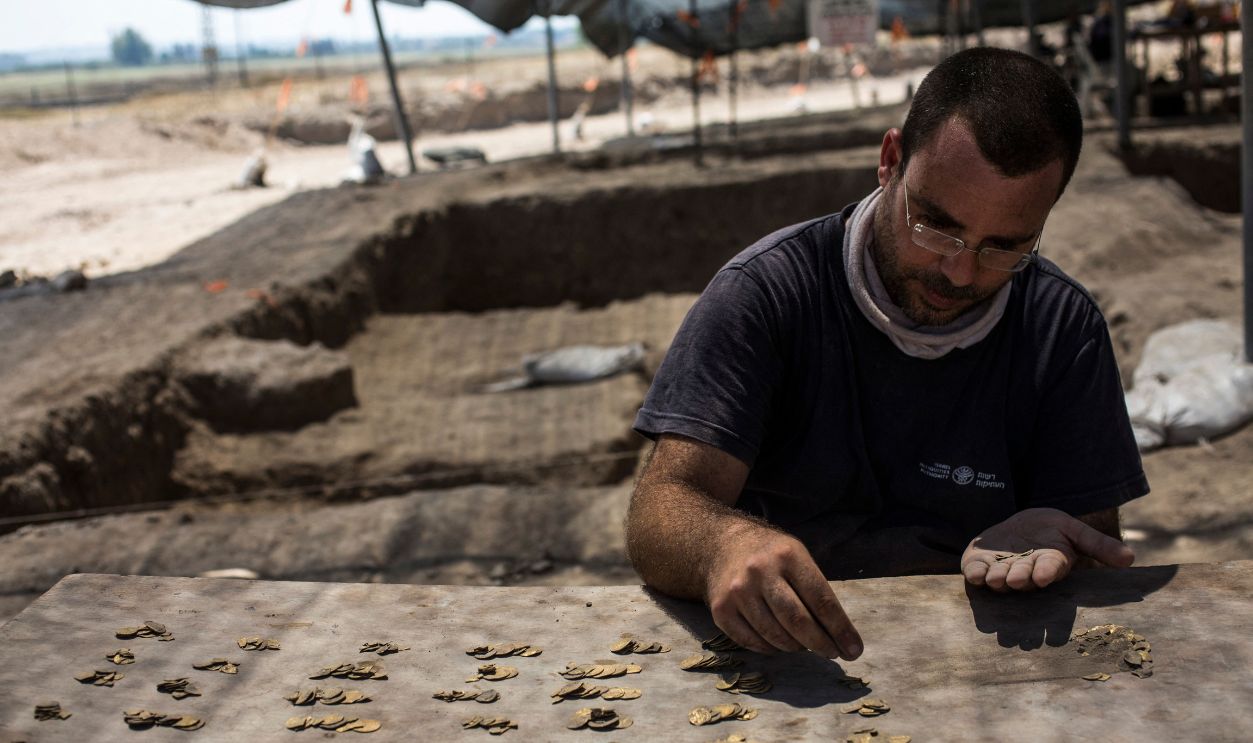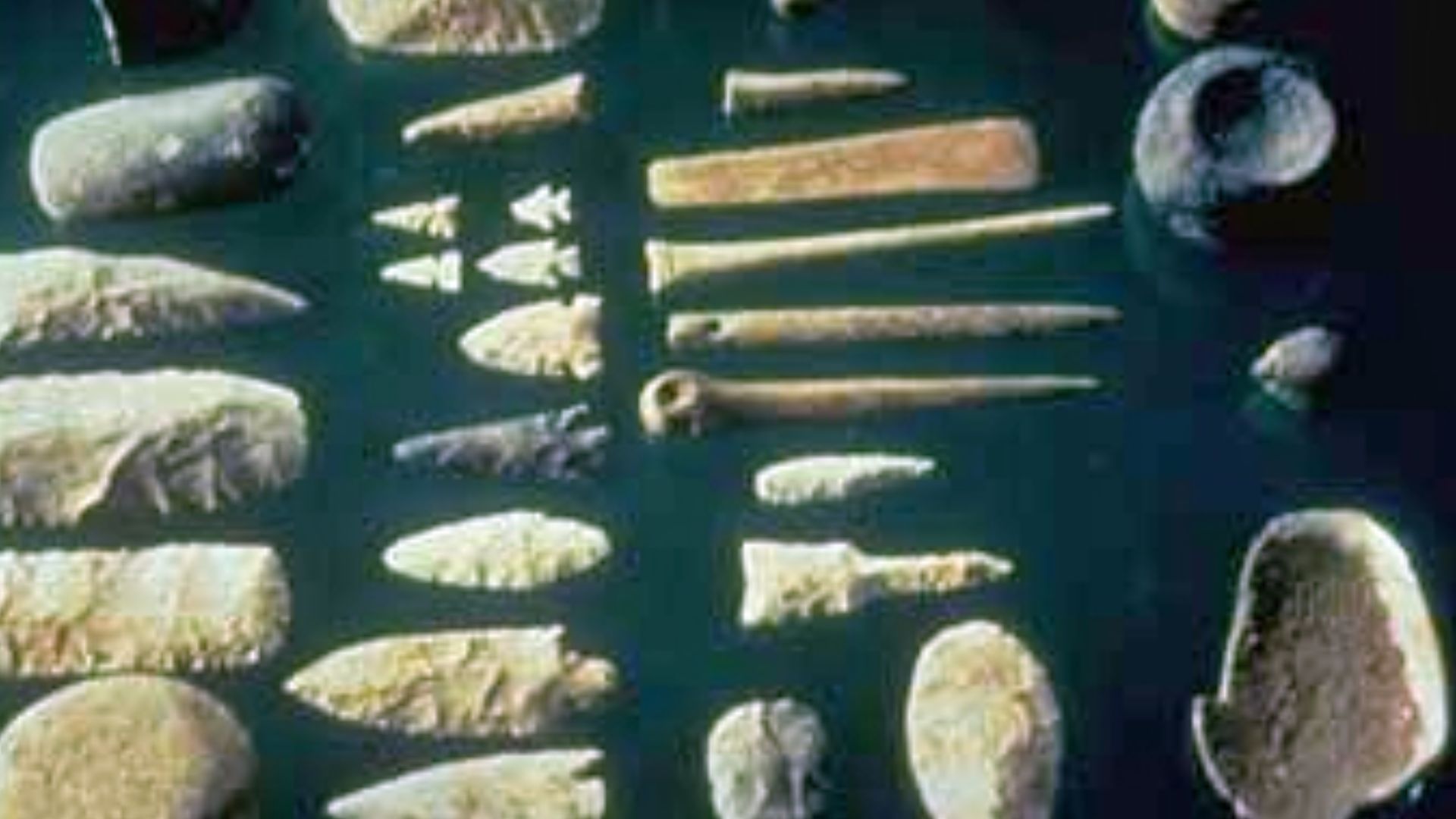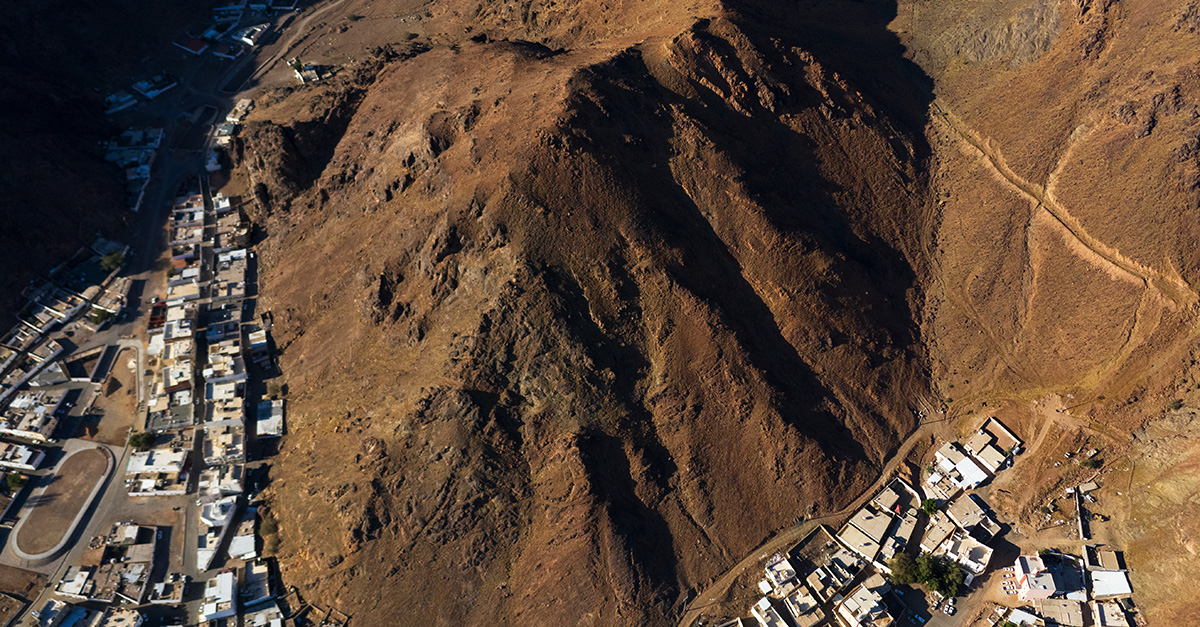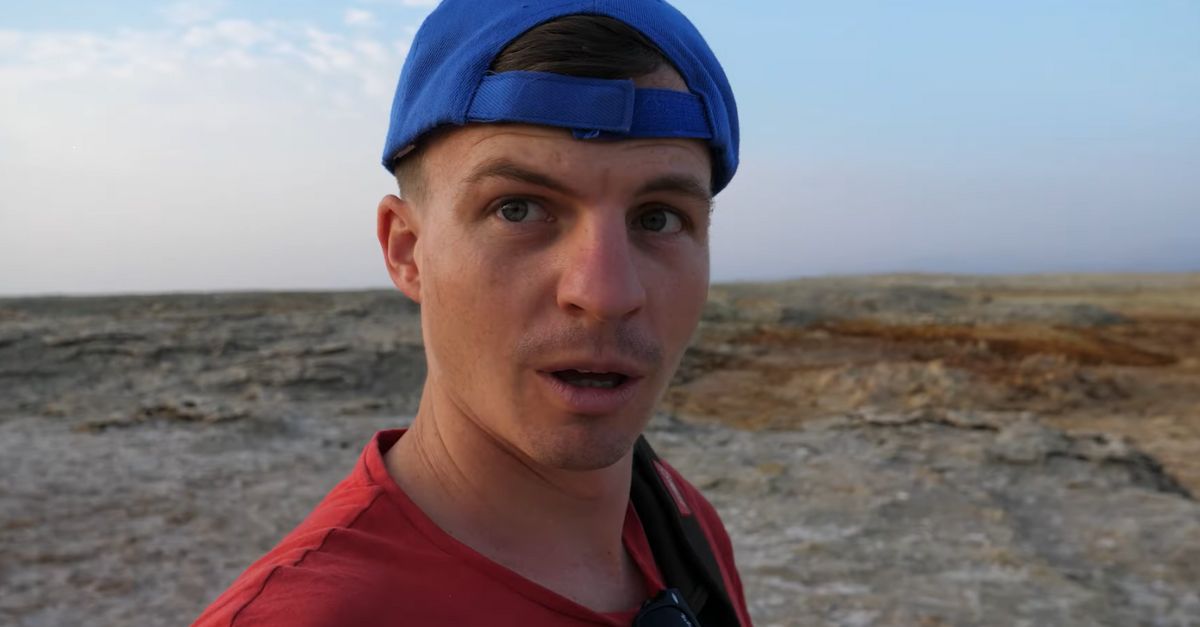Rewriting The Past
For decades, the southern regions of Angola were historical blank spots. But in recent years, the tide has begun to turn. A discovery at Baía Farta has upended what we thought we knew about Angola’s ancient past—revealing stone tools so old they push human occupation back to 714,000 years ago.
Southern Angola’s Mysterious Historical Silence
Southern Angola has long existed in the shadows of African historiography. Few archaeological sites had been explored in depth, and even fewer produced evidence significant enough to tell a coherent story.
A Site That Shook The Timeline
Researchers’ discovery of stone tools at Baia Darta drastically affects the historical understanding of the humans who lived there. The tools date back to 714,000 years ago, pointing to one of the earliest known signs of human presence in Angola.
Tools Older Than History
These tools were made up of a variety of types, including scrapers, chisels and axes. The tools allude to human adaptation and survival. As such, historians have been challenged to re-evaluate the facts around human evolution in the region.
Forgotten Sites From The 1950s
Archaeologists began unearthing tools along Angola’s southern coast as early as the 1950s. Unfortunately, due to political issues and a lack of extended research, these discoveries never made a serious impression. It’s only now, decades later, that their significance is being fully appreciated.
A Boom In The Later Stone Age
Around 8,000 years ago, small archaeological sites began appearing in abundance across southern Angola and into the Congo. These were attributed to hunter-gatherer groups who left behind a trail of stone arrows and spearheads. Despite the scarcity of formal research, the evidence paints a picture of vibrant, mobile communities.
The Spread Of Wilton Culture
The Wilton culture was a widespread tradition across southern Africa, including Angola. Known for its small, precise stone tools and composite weapons, it marked a period of innovation and skill. Its broad presence suggests early communities were more connected than once believed.
 West Yorkshire Archaeology Service, Anna Marshall, 2005-06-17 14:00:13, Wikimedia Commons
West Yorkshire Archaeology Service, Anna Marshall, 2005-06-17 14:00:13, Wikimedia Commons
Language And Artifacts Intertwined
Many historians and linguists believe the makers of the Wilton tools spoke KhoeSan languages. This adds a deeper layer to the archaeological record—linking the tools not just to survival, but to culture, identity, and language. The artifacts reflect how these early communities saw and interacted with the world around them.
Rethinking The Bantu Expansion
Older theories claimed that Bantu migrations simply displaced the region’s original inhabitants. But findings from southern Angola point to a more nuanced reality—one shaped by contact, exchange, and intermarriage.
The Hidden Interactions
Instead of erasing the indigenous KhoeSan, Bantu-speaking migrants adapted to local customs and incorporated local knowledge. These were not just settlers, but learners—dependent on the people they encountered. These relationships redefined both linguistic and material cultures over centuries.
A Mysterious Gap In The Record
Despite this rich potential, there’s a puzzling absence of archaeological materials in southern Angola between 0–1000 CE. This silence isn’t necessarily due to a lack of activity—it’s more likely the result of a lack of exploration. We’re only scratching the surface of what may lie buried.
Ceramics With No Story—Yet
Pottery shards have been discovered at sites like Benguela and Baía Farta, often alongside iron and stone tools. But without reliable dating or cultural context, their meaning remains elusive. Were they used by farmers? Metalworkers? Nomads? These are questions still waiting for answers.
 John Atherton, Wikimedia Commons
John Atherton, Wikimedia Commons
Linguistics: The Missing Link
Linguistic archaeology may hold the key to understanding Angola’s prehistoric puzzle. Language evolution can trace population movements and cultural shifts even where material culture fails. The interplay between historical linguistics and archaeology remains largely untapped in Angola.
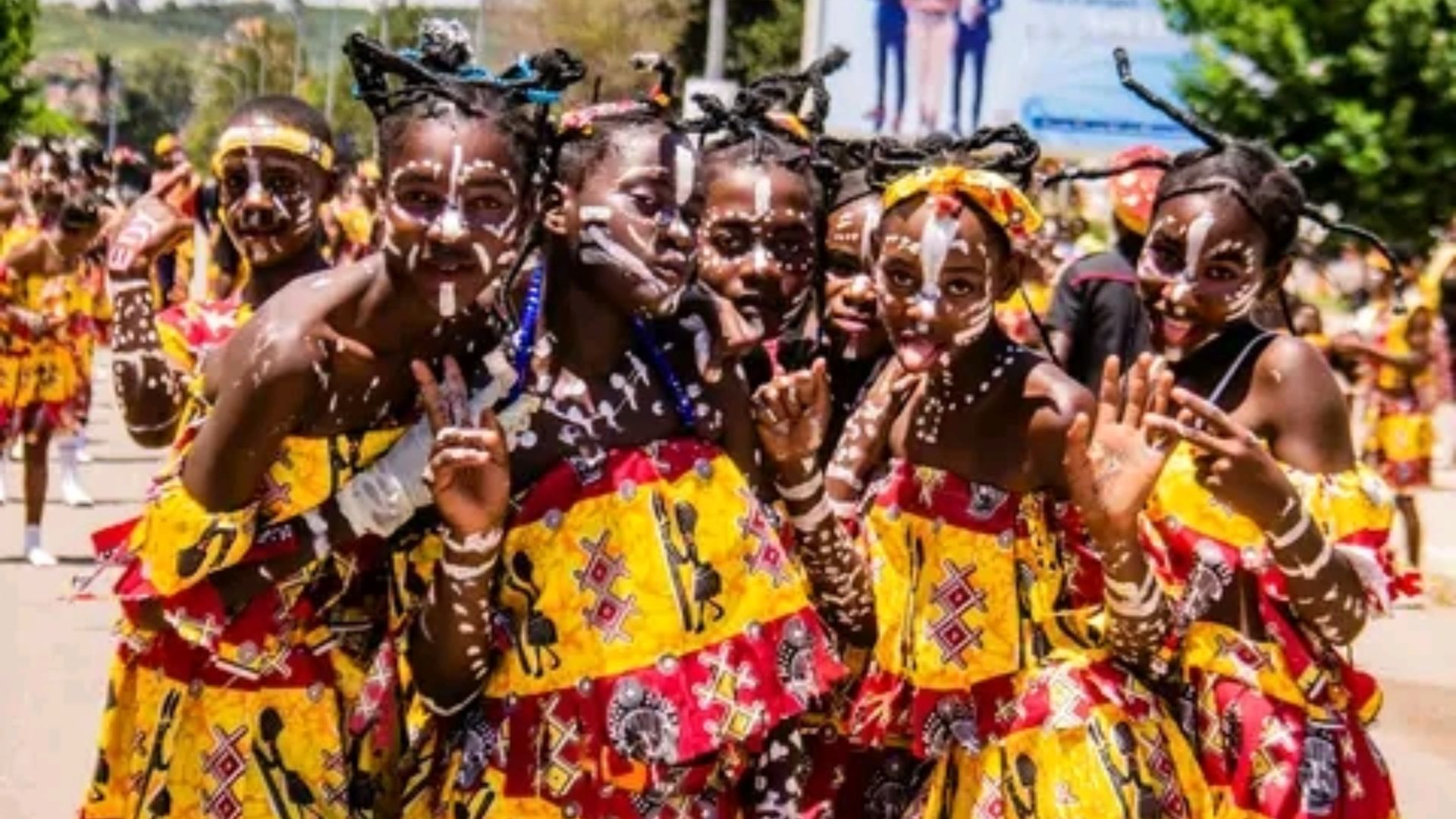 3Things everybody love, Wikimedia Commons
3Things everybody love, Wikimedia Commons
Njila: A Linguistic Anchor
All modern Angolan languages belong to the Njila subgroup of Bantu, according to Jan Vansina. These Njila speakers entered Angola at the tail end of the first millennium BCE. They brought with them pottery, horticulture, and new ways of organizing community life.
From Language To Lifestyle
The spread of Njila speakers across Angola’s southern savannas was slow but steady. As they moved, they encountered and absorbed knowledge from KhoeSan-speaking peoples. Their descendants eventually formed new linguistic branches, forever changing Angola’s cultural makeup.
Proto-Kunene And Proto-Eastern Cultures
These interactions gave rise to two major linguistic branches: Proto-Kunene and Proto-Eastern. These languages shaped entire communities and eventually influenced political structures. But there’s no clear evidence that these early Bantu speakers dominated the indigenous groups—coexistence was key.
No Kings, Just Collaborations
During this period, there were no signs of political centralization or domination. The Bantu-speaking settlers relied on KhoeSan knowledge of the land, ecology, and survival. Mutual dependence, not conflict, defined the relationship between the two groups.
 Ian Beatty from Amherst, MA, USA, Wikimedia Commons
Ian Beatty from Amherst, MA, USA, Wikimedia Commons
Cereal And Iron: The Game Changers
The real transformation occurred when Bantu groups adopted iron technology and cereal farming. Villages grew, and societies became more complex—physically, socially, and politically. From the 8th century onward, the archaeological record begins to show this shift clearly.
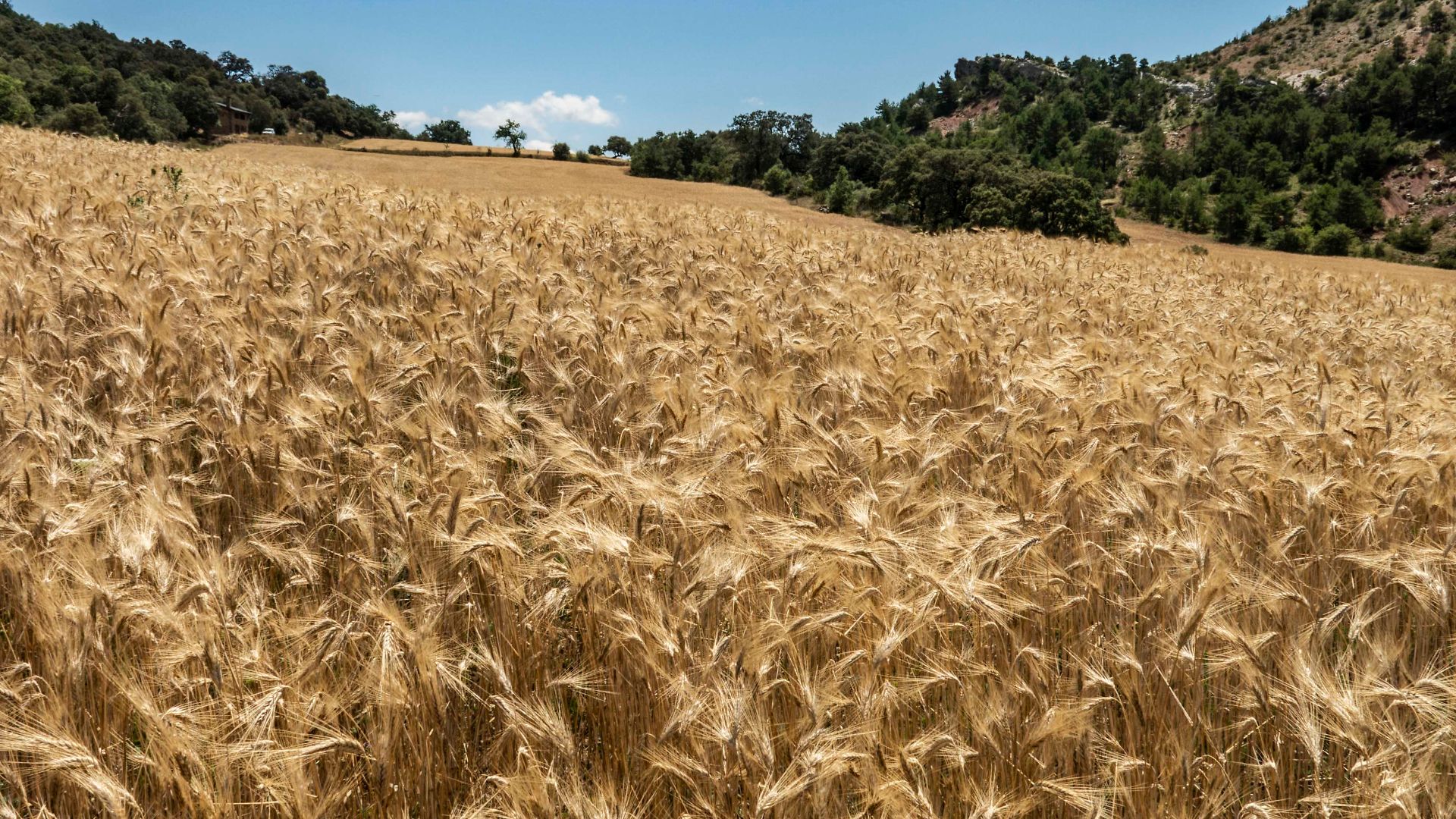 Carolina Latorre Canet, Wikimedia Commons
Carolina Latorre Canet, Wikimedia Commons
The Rise Of Divuyu
Located in today’s Okavango Delta, Divuyu is the oldest known site showing large village life in the region. It reveals a society of farmers, herders, and iron traders connected to vast networks. Divuyu is evidence of innovation and long-distance exchange long before colonial contact.
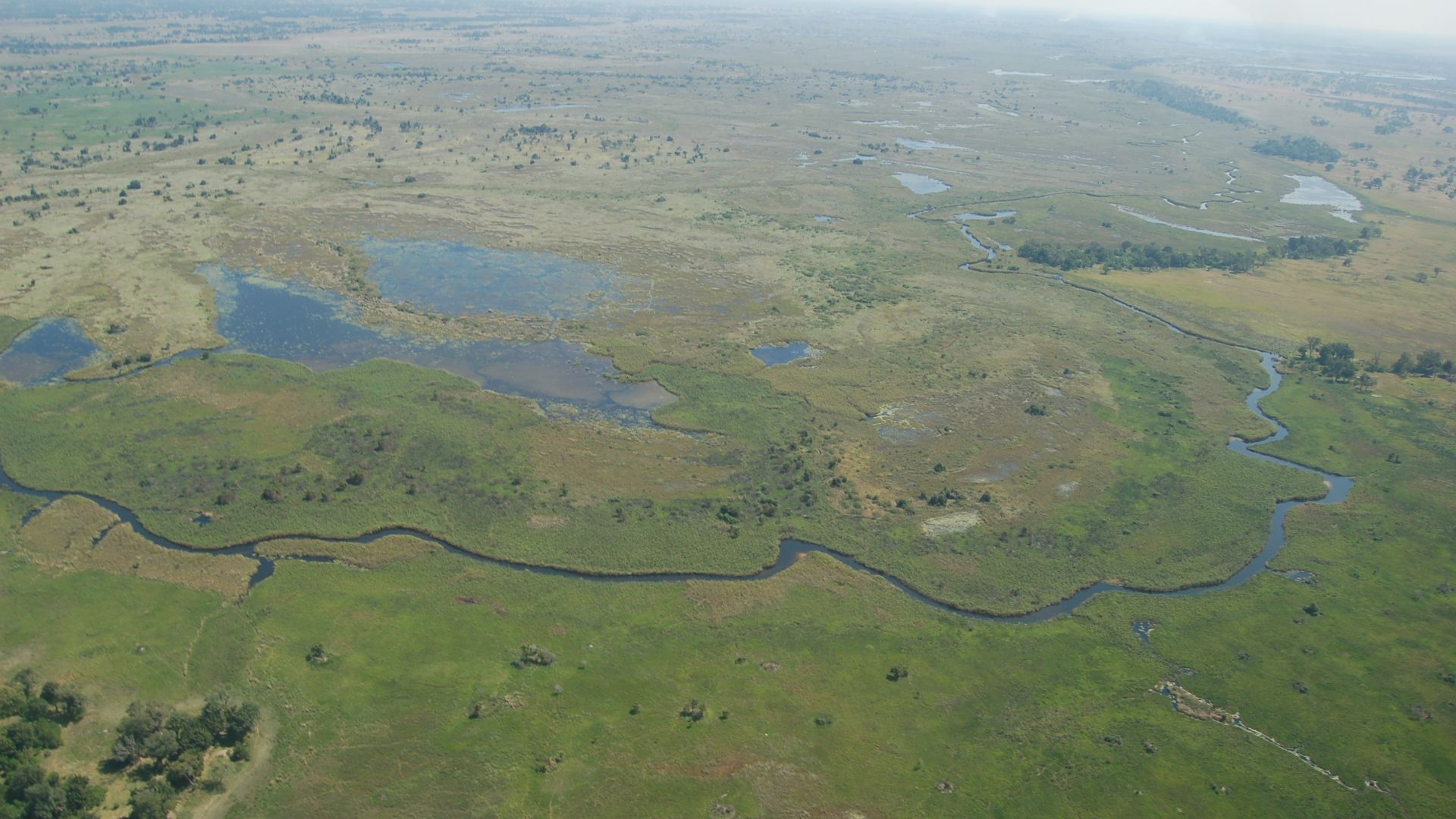 Joachim Huber, Wikimedia Commons
Joachim Huber, Wikimedia Commons
Iron, But Not Ironworkers
Interestingly, the people of Divuyu did not forge iron themselves. Instead, they acquired it through trade, exchanging goods like ivory and hides. This reliance on trade suggests a complex economy with social specialization and regional interaction.
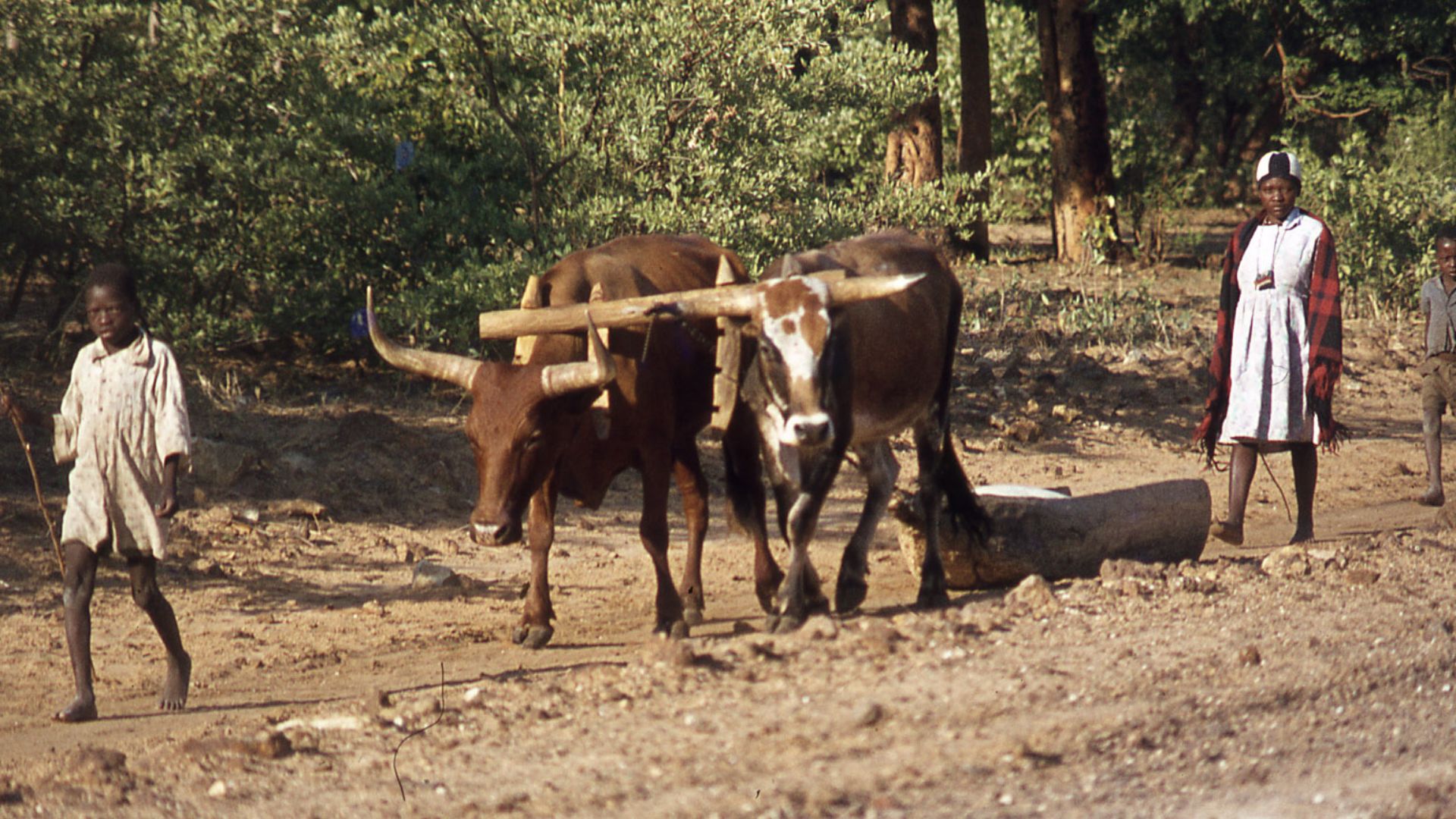 Wilhelmrigaardt, Wikimedia Commons
Wilhelmrigaardt, Wikimedia Commons
Indian Ocean Connections
The nearby site of Nqoma reveals even more. Artifacts like sea cowries and glass beads hint at trade with the Indian Ocean coast. Long before 1000 CE, southern Africa was part of a global trade web.
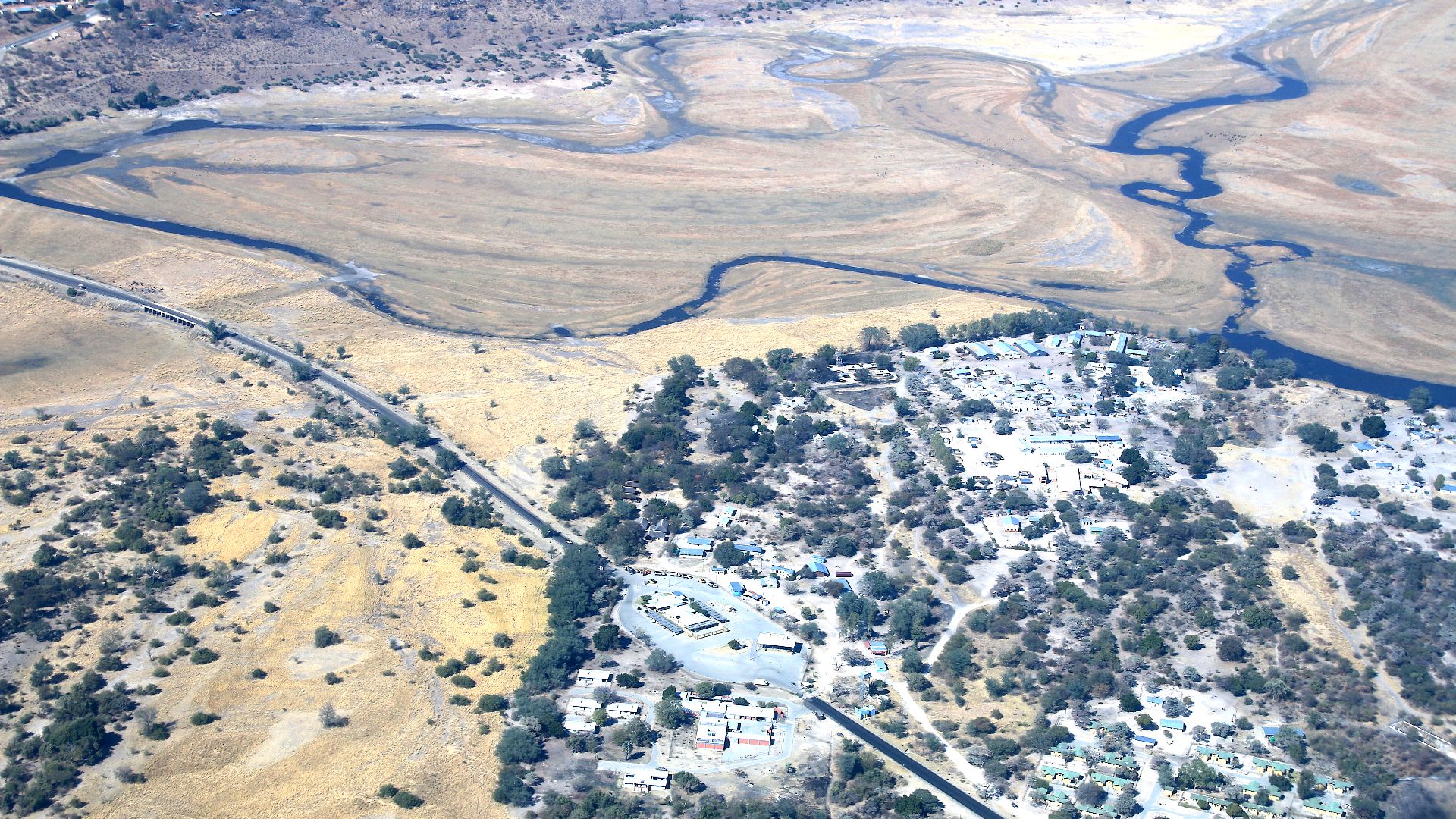 Hp.Baumeler, Wikimedia Commons
Hp.Baumeler, Wikimedia Commons
Féti: The Lost Kingdom
Féti may be the most mysterious and powerful site in Angola’s archaeological history. Believed to have emerged between 700–900 CE, it was once a kingdom with stone structures, ritual areas, and possibly even pyramids. Some even compared it to Great Zimbabwe.
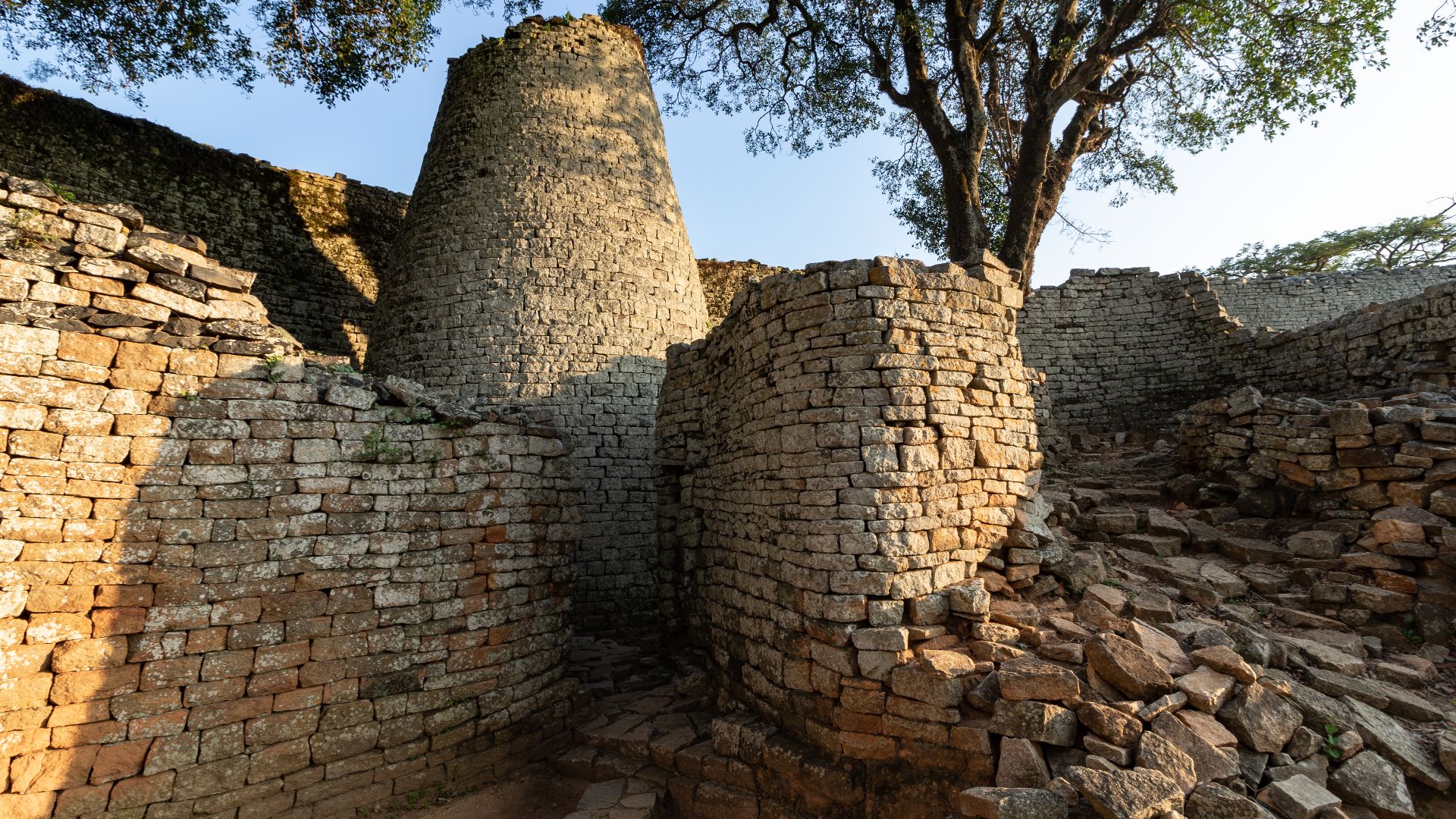 Andrew Moore from Johannesburg, South Africa, Wikimedia Commons
Andrew Moore from Johannesburg, South Africa, Wikimedia Commons
A Name That Means “Genesis”
Local oral traditions say the name Féti comes from efeti, meaning “genesis” in Umbundu. Whether fact or folk etymology, the name hints at a deep cultural memory. The people of Féti may have spoken a Proto-Kunene language, though more research is needed.
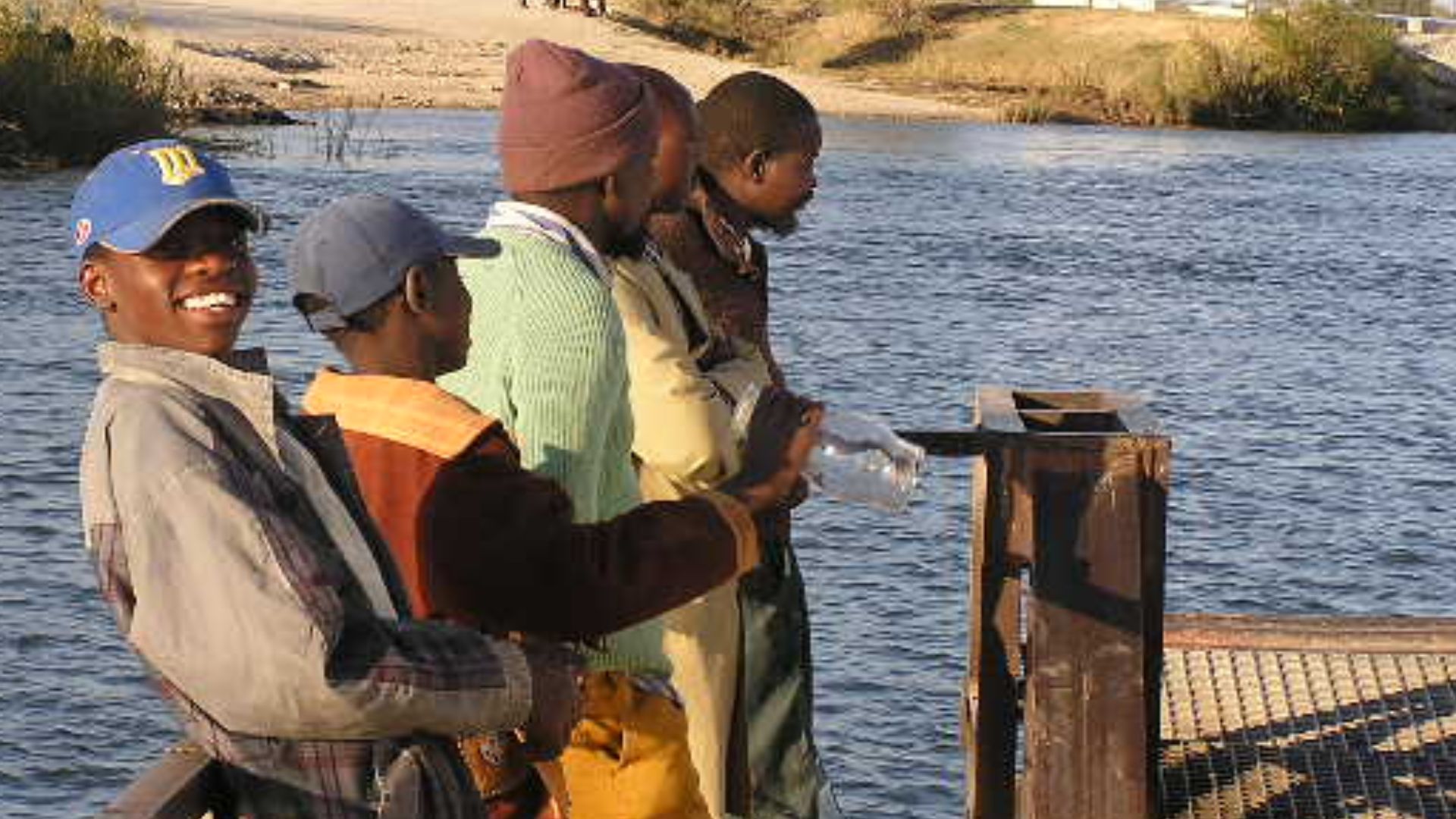 DDD DDD~commonswiki, Wikimedia Commons
DDD DDD~commonswiki, Wikimedia Commons
A Devastating Loss Of Heritage
Sadly, Féti was poorly excavated in the 1940s and later flooded by a hydroelectric project. Much of its potential history was lost forever. But what was recovered suggests a political capital with hierarchy, defense systems, and ceremonial spaces.
Signs Of Social Stratification
The Féti discoveries suggest that these early peoples were elite, composed of warriors, artisans, and farmers. This complexity challenges the understanding of early Angolans as being composed of scattered tribes.
A History As Rich As Any Kingdom
Féti and Baía Farta deserve mention alongside the Congo Kingdom, Great Zimbabwe, and others in Africa’s ancient past. These sites remind us that Angola’s story is just as layered, rich, and important as its neighbors’. All that’s missing is the continued research to uncover it.
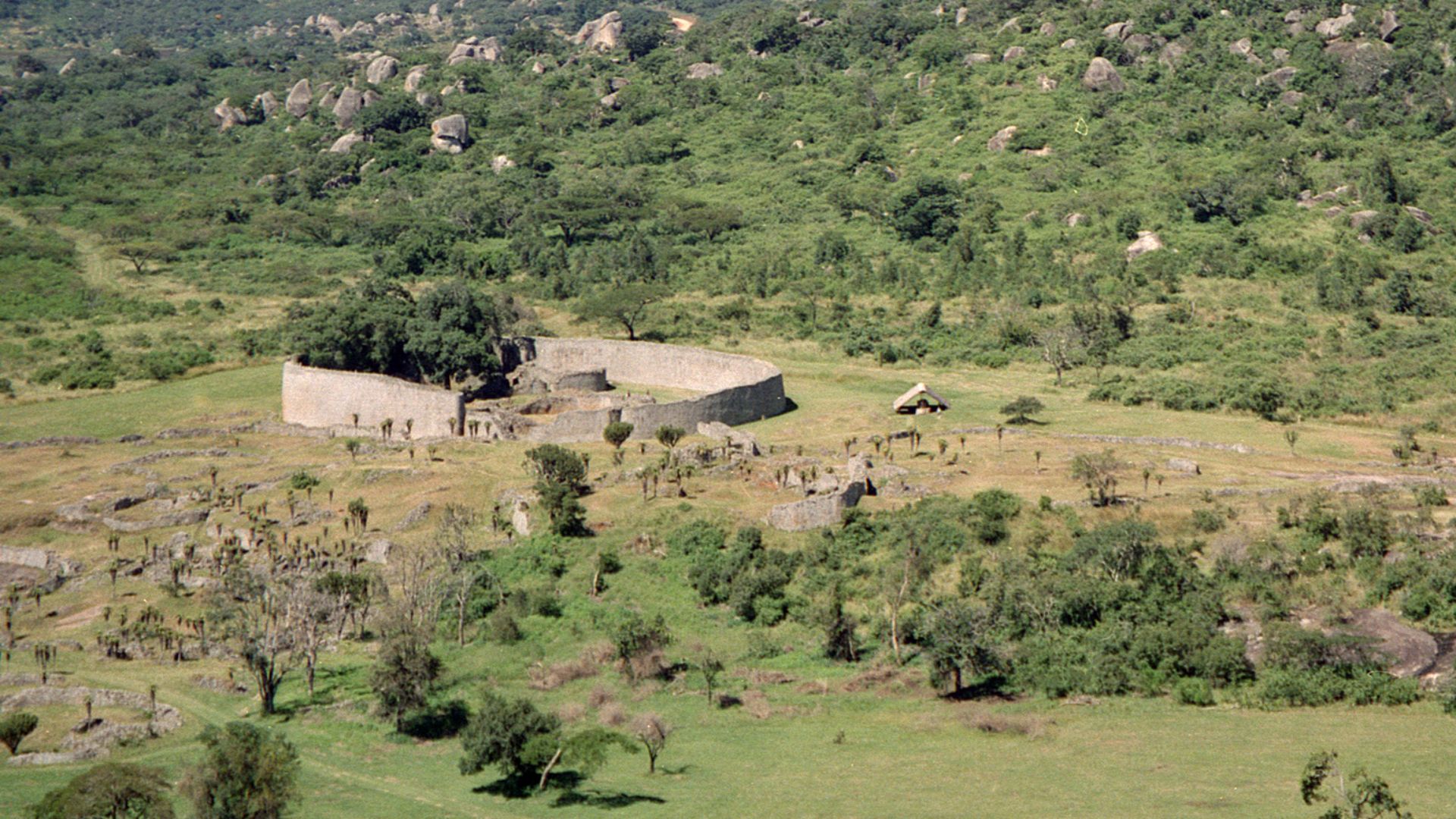 Image taken by Jan Derk in 1997 in Zimbabwe., Wikimedia Commons
Image taken by Jan Derk in 1997 in Zimbabwe., Wikimedia Commons
The Future Lies In Collaboration
The truth about Angola’s past lies in a combination of studies. Moving forward, researchers look to linguistics, oral tradition, and modern science to understand the truth about the lives of these past peoples.
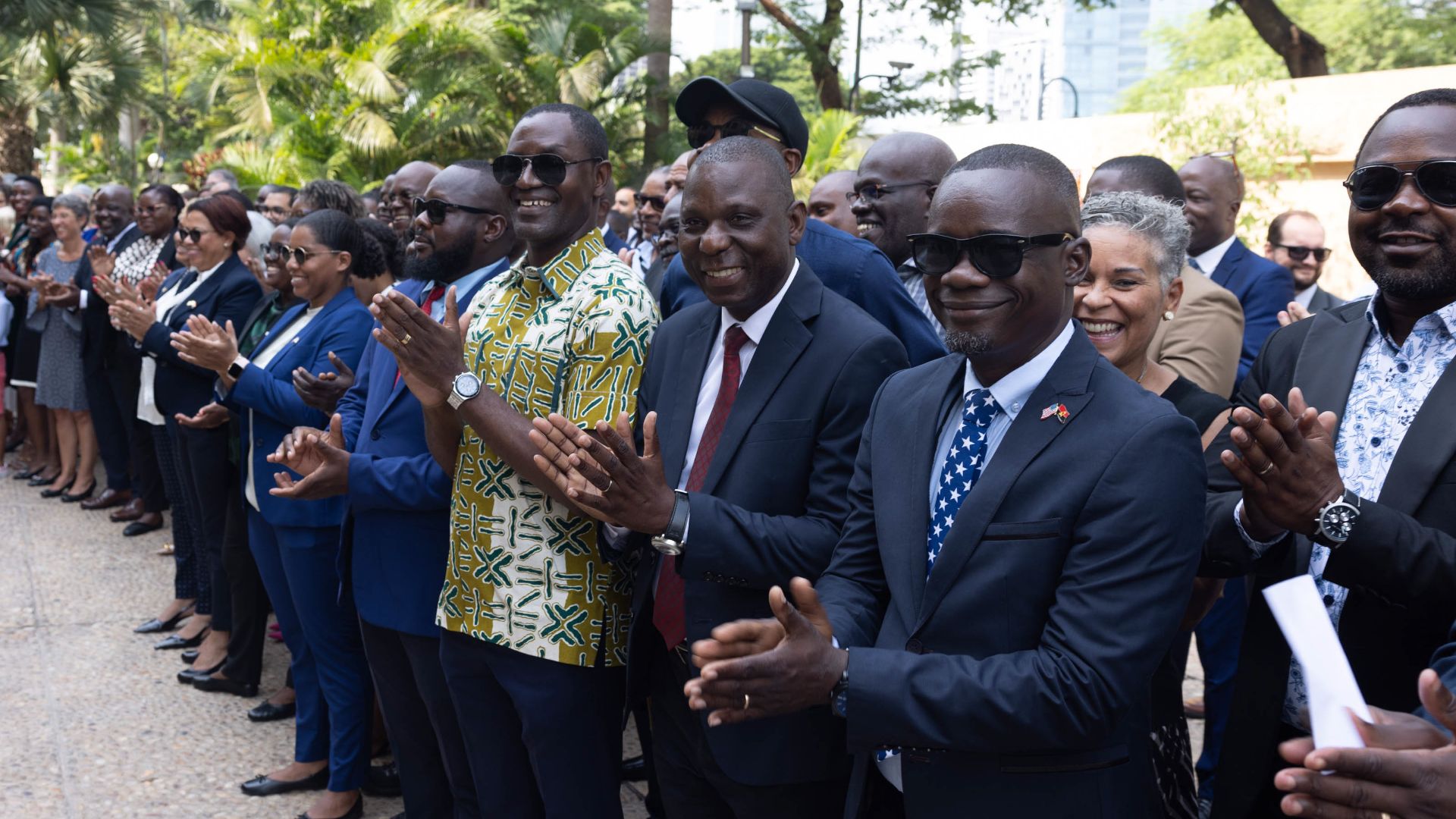 U.S. Department of State, Wikimedia Commons
U.S. Department of State, Wikimedia Commons
You May Also Like:
Source: 1

